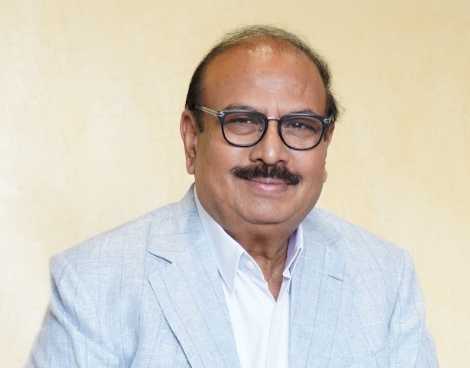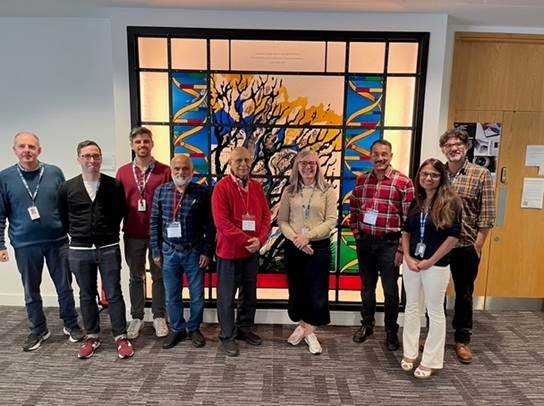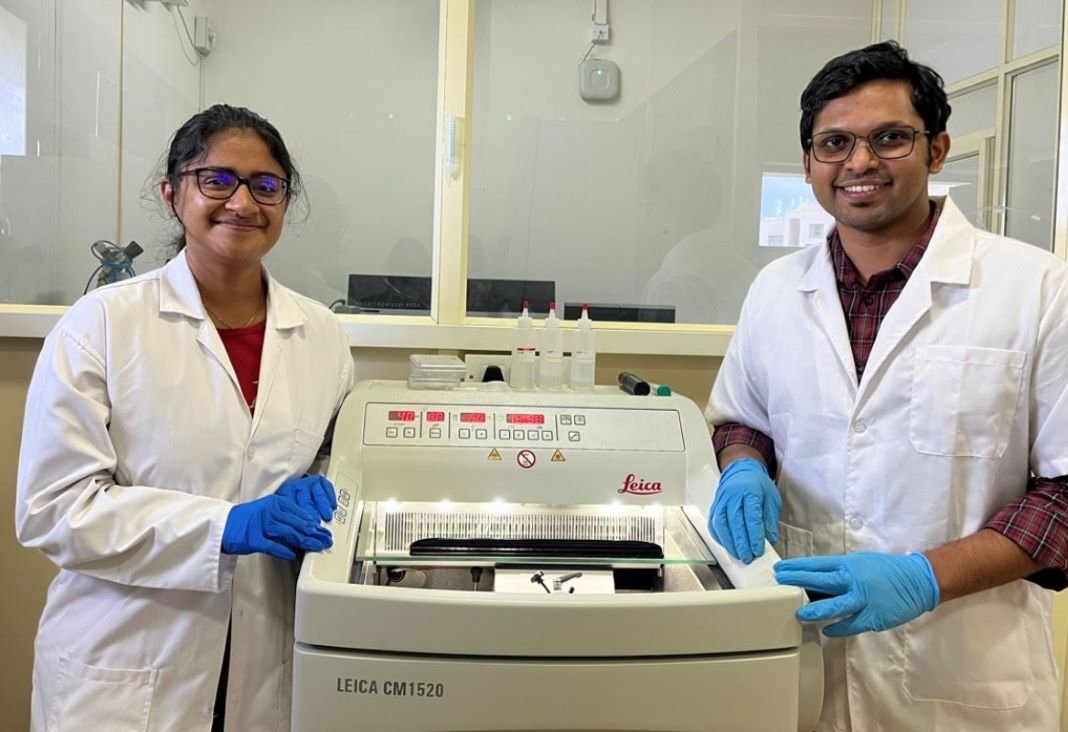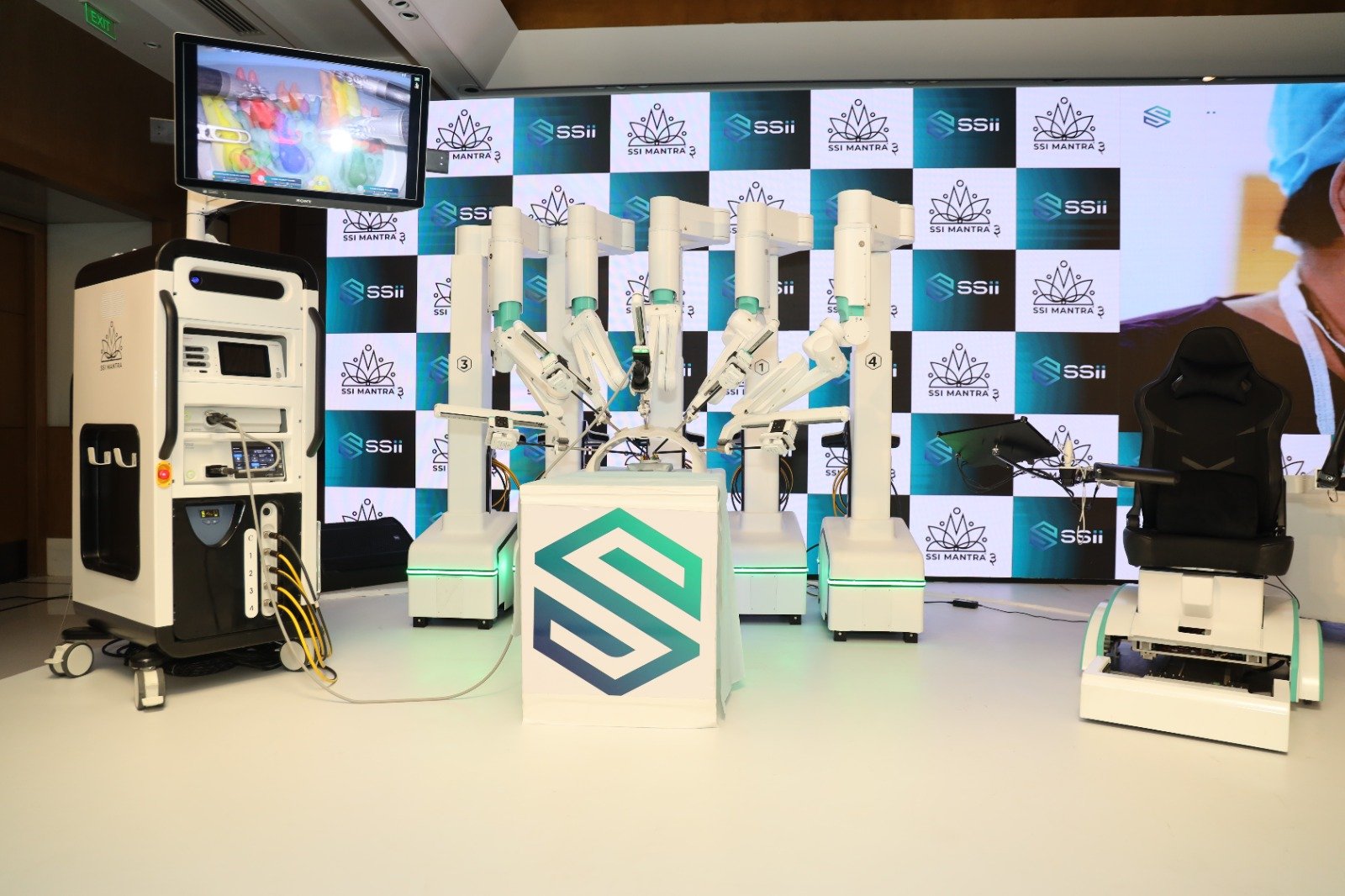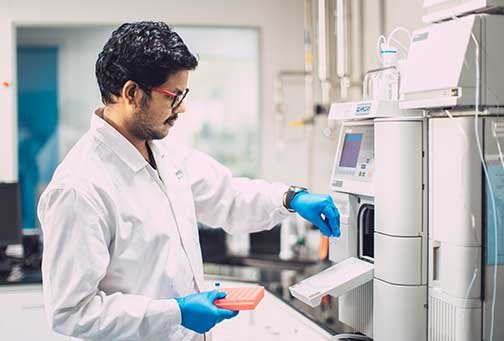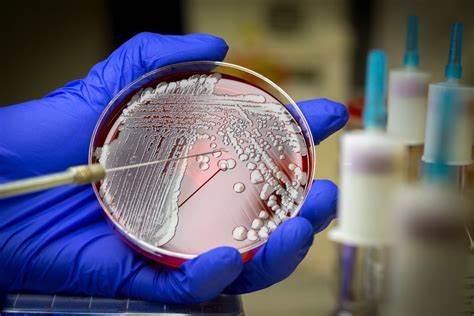Debate continues on GM technology
06 March 2015 | Features | By Rahul Koul Koul

The Prime Minister, Mr Narendra Modi's earlier visit to agri-biotech lab in Queensland University of Technology (QUT), Australia and his words "per drop more crop" is seen as a ray of hope by the agri-biotech industry
During 2013-14, India cultivated a record 11.6 million hectares of Bt cotton, planted by 7.7 million small farmers with an adoption rate of 95 percent, up from 11 million hectares in 2013, said the International Service for the Acquisition of Agro-biotech Applications (ISAAA) report released on January 30, 2015. Notably, the increase from 50,000 hectares of Bt cotton in 2002 (when Bt cotton was first commercialized) represents an unprecedented 230-fold increase in thirteen years. British economists Brookes and Barfoot estimate that India's farm income from Bt cotton enhanced by $2.1 billion in 2013 alone.
"The accumulated hectares of biotech crops grown in 1996 to 2014 equals, roughly, 80 percent more than the total land mass of China," said Mr Clive James, ISAAA founder and report author. "Global hectarage has increased more than 100-fold since the first planting of biotech crops," he added in a video telecast during a press briefing held in New Delhi.
"The world is moving forward in adopting GM crops. There is a new momentum, new hope that India must realize to harness the benefits of this useful technology," said Dr CD Mayee, president, Indian Society for Cotton improvement. "It is high time we catch up with others in extending the technology beyond Bt cotton," he added.
Bt cotton now occupies 95 percent of the produce in India
Once banned and then legalized, genetically modified cotton in more than one decade has been able to cover most of the cotton cultivating belt in India, thereby replacing the traditionally grown varieties. While regulatory authorities approved three hybrids in 2001, more than 700 types of Bt cotton seeds are now available in the Indian market. Over a 13 year period, India tripled its cotton production from 13 million bales to 40 million bales in 2014 and is projected to overtake China to become the number one cotton producing country in the near future.
As per Dr CD Mayee, India has to break the impasse in GM crops as the current scenario cannot go on for long. "The success of Bt cotton must be an eye opener for those who oppose the cultivation of genetically modified and do rumour mongering. He further added, "I am hopeful that government will take positive steps to bring back confidence of scientists." Dr Mayee was also the former chairman of Agriculture Scientist Recruitment Board.
Talking about the future of technology, Mr Bhagirath Choudhary, director (India), ISAAA, said, "Development and deployment of high-density planting to maximise yield potential, popularising the system, and mechanization of cotton picking and harvesting is the way forward for Bt cotton in India. In the high-density planting system (HDPS), scientists intend to plant 1-2 lakh cotton plants in the same hectare of land. The spacing between two plants could be as low as 20 cm, instead of 90 cm-1 m for conventional cotton."
Side effects of uncertainty
Besides creating a negative image in the public psyche about the technology, the ongoing debate has led to an impact on education and skill development.
"Genetic engineering has been demonized due to the controversy. Youngsters are feeling scared to take it as a subject due to the lack of long term prospects," said Dr Deepak Pental, former vice chancellor of Delhi University, adding further, "If you speak to young biotech graduates, nobody is interested as they don't want to get caught in an unpredictable situation and ruin their career."
GM technology is not only about Bt Cotton or Bt Brinjal. It has much more to offer. According to Mr Ram Kaundinya, director general, Association of Biotechnology Led Enterprises-Agriculture Group (ABLE-AG), "There are many GM traits available to help tackle drought, salinity, high fertiliser usage, improving agriculture productivity and so on. The country will face shortage of pulses and oilseeds in the next 10-15 years as we try to meet our changing food habits."
In the report "GM Crops: Perception vs Reality", co-author Dr TM Manjunath, prominent agri-expert, trashes the theory that genetic engineering in plants is against nature. "Genetic exchange between organisms has been taking place in nature since millions of years and along with mutations, is the basis of evolution. However, this process takes a long time, tens of thousands of years. The genes are transferable and during GE, it is accomplished in a highly scientific and precise manner," he wrote.
Debunking theories that farmer suicides are happening due to Bt cotton, Mr Vijay Atmaram Ingle, a farmer from Akola, Maharashtra, mentioned that it is the money lenders and domestic issues which are the real reason for suicides. "All of us in Vidharbha grow Bt cotton. We can't grow cotton without Bt technology. For us to gain profits and earn income for our family, we need a new set of seeds to help us control weeds, withstand drought and increase cotton yield to the next level," he said.
Charging the activists for turning science into a political battlefield, Dr Shanthu Shantharam, visiting professor, Iowa University, believes that the opposition sounds more political than based on facts. "While outside they say they are against technology in all forms, in court, they say that they are not against research," said Dr Shantharam who feels that there is a parallel science to confuse people. "These parallel scientists who have degrees but no will to defend research, are maligning biotech crop research. There is no chemical or substance in these products that can cause any problem in the longer run. Have been consuming may GM products outside but nothing happened to me," he lamented.
Reminder to government on decisive policy
"It is hysterical that even confined trials are not being allowed. If government funds a project worth crores and withdraws product approval, then it makes no sense in supporting it in the first instance," mentioned Dr Deepak Pental who feels that activists should also study the effects of pesticide usage and rather pursue other grave health issues such as chewing of tobacco and ghutkha.
"Prosperity of India depends on the prosperity of the Indian farmers. It is important to note that 47 percent of Indian population is still dependent on agriculture (small holding farmers). It is calculated that it will still be at 42 percent by 2032. While it is claimed that enough allocations are made for agriculture, the truth is that 95 percent of funds go into salaries and not in actual research," added Dr Pental.
As per Dr Shanthram, complete politicization has happened in India since Jairam Ramesh put a moratorium on it. He said, "Policy can't be decided on the streets. Although the government has been positive, outcome is yet to be seen. There is what I call a 'muti-million protest industry' thriving on the issue. Technology has been held hostage."
And there are comparisons as well. "Canada is an example as it is one country which is not aggressive like the US is alleged to be. But it has got 7.7 million hectares under GM crop cultivation. We either follow Europe or Japan and be among GM importing nations or like Canada develop it keeping our population in mind. Indians cannot afford to be foolish to reject technology where crores of tax payers' money has already been invested to improve agriculture. If there is a solution through conventional breeding let it be! But now a decision has to be taken," said a scientist who works with a premier agri institute.
Mr Ram Kaundinya felt that there is still a window for dialogue between the stakeholders. He said, "It is time for an informed and constructive dialogue among stakeholders under the auspices of the government to iron out differences and arrive at a common action plan with the objective of producing enough food to feed our Rs 150 crore population by 2030 and our Rs 180 crore population by 2050."
The Prime Minister, Mr Narendra Modi's earlier visit to agri-biotech lab in Queensland University of Technology (QUT), Australia and his words "per drop more crop" is seen as a ray of hope by the agri-biotech industry. As per sources, currently a consensus is being built on the issue and even the Union Environment Minister, Mr Prakash Javadekar has assured that the biosafety test for 6 years could be a provision before a final go ahead. Science & technology and agriculture ministries have already been in favor while it is the environment ministry that has to do the final clearances and has been reluctant to do so. Therefore, whether 2015 becomes a year of salvation for GM technology or not, would be keenly watched by those concerned.





